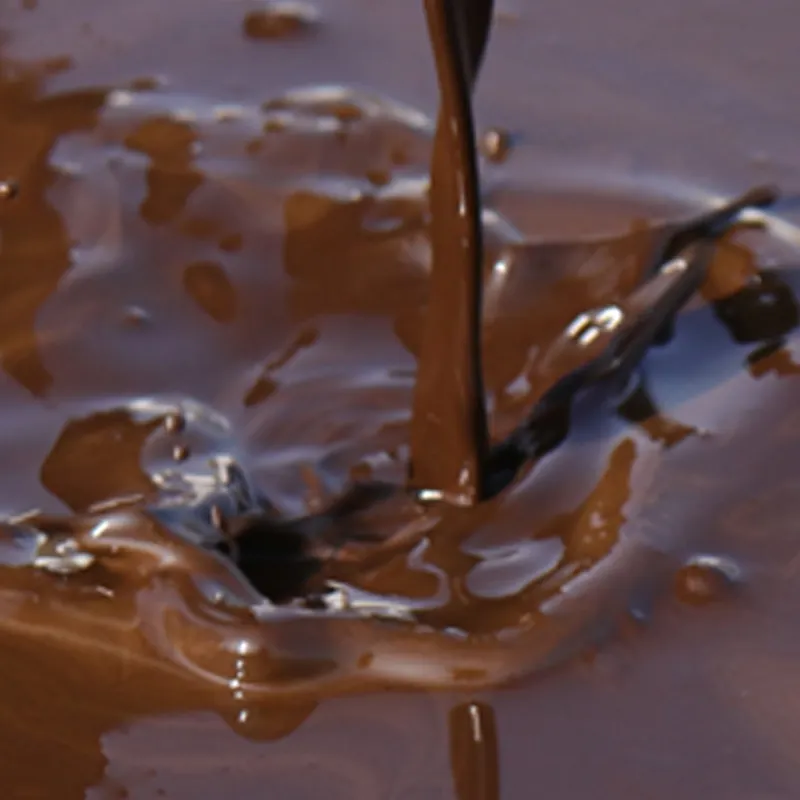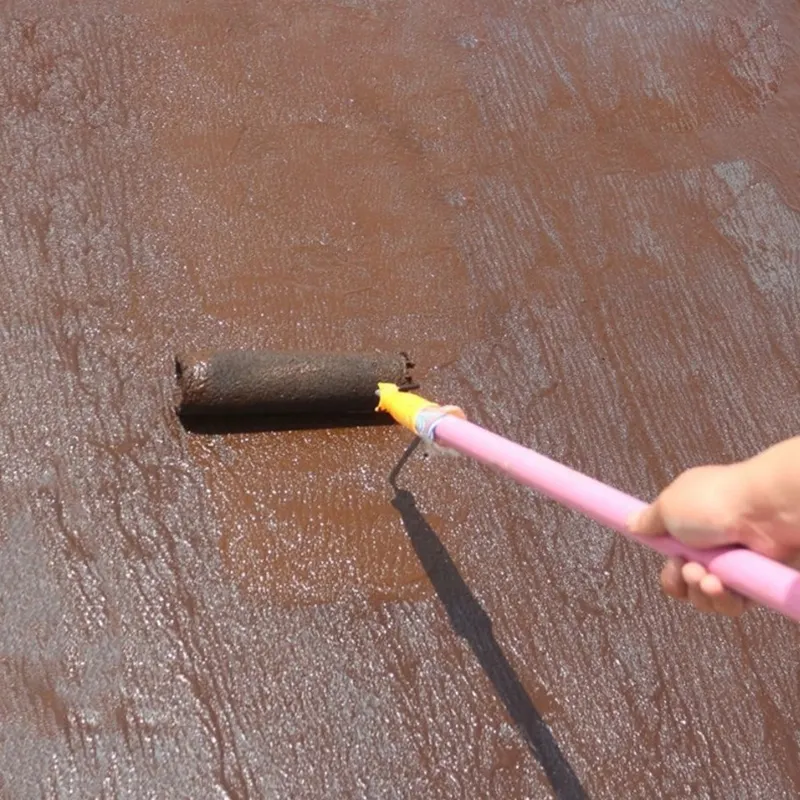



1.Waterproofing Bituminous emulsion primer
Description:
Waterproofing Bituminous emulsion primer is a type of primer used in construction and building applications to provide a bond between a substrate, such as concrete or metal, and subsequent layers of bituminous materials. Bituminous emulsion primer is typically made from a blend of bitumen, water, and a small amount of emulsifying agent, which allows the bitumen to be mixed with water.
When applied to a surface, the waterproofing bituminous emulsion primer penetrates into the substrate, providing a strong bond between the substrate and the subsequent layers of bituminous materials, such as bitumen roofing membranes or asphalt concrete pavement. The primer helps to prevent water and moisture from penetrating the surface and provides additional protection against corrosion and other environmental factors.
Waterproofing Bituminous emulsion primer is often used as a cost-effective alternative to other types of primers, such as solvent-based primers. It is easy to apply using a brush, roller, or sprayer, and dries quickly to form a strong, durable bond. Additionally, bituminous emulsion primer is compatible with a wide range of substrates, making it a versatile option for various construction and building applications.
Uses:
Waterproofing Bituminous emulsion primer has a variety of uses in construction and building applications, including:
- Priming concrete and masonry surfaces before the application of bituminous coatings or membranes, such as bitumen roofing membranes, to provide a strong bond between the substrate and the coating or membrane.
- Priming metal surfaces, such as steel, before the application of bituminous coatings or membranes to provide corrosion protection and a strong bond between the substrate and the coating or membrane.
- Providing a moisture barrier on horizontal or vertical surfaces, such as basement walls or foundations, to prevent water penetration and provide added protection against moisture-related damage.
- As a dust suppressant on unpaved roads or other surfaces to reduce dust emissions and improve visibility.
- As a bonding agent for asphalt repair patches or overlays, to ensure a strong bond between the existing asphalt surface and the patch or overlay.
Overall, waterproofing bituminous emulsion primer is a versatile product that can be used in various applications where a strong, durable bond is needed between a substrate and a bituminous coating or membrane.
Application Instructions
Here are general application instructions for water-based primer:
- Surface Preparation: The surface must be clean, dry, and free of any loose materials, dust, oil, or grease. Use a wire brush to remove any loose material, and clean the surface with a degreaser or soap and water.
- Dilution: Water-based primer needs to be diluted with water according to the manufacturer’s instructions. Typically, the dilution ratio is around 1:1 or 2:1 (1 part primer to 1 or 2 parts water).
- Mixing: Thoroughly mix the primer with a stirrer or mechanical mixer to ensure a homogenous mixture.
- Application: Apply the primer using a brush, roller, or sprayer. Start at the highest point of the surface and work downwards. Use a crisscross pattern to ensure full coverage, and avoid over-application.
- Drying Time: Allow the primer to dry according to the manufacturer’s instructions, usually around 2-4 hours depending on the ambient temperature and humidity.
- Second Coat: Apply a second coat of primer if necessary, following the same application process as the first coat.
- Topcoat/Installation of membrane: Once the primer has dried completely, it can be top-coated with the appropriate waterproofing material.
It is important to follow the manufacturer’s instructions for the specific water-based primer being used, as application instructions may vary slightly between products. Average coverage rale of 9-10 sq Mtr/Ltr.
Limitations
Waterproofing Bituminous emulsion primer is not suitable for all surfaces and applications. Here are some situations where water-based primer should not be used:
- Unsealed or porous surfaces: Water-based primer may not adhere well to unsealed or porous surfaces, such as brick or concrete, and may require a specialized primer.
- High-traffic areas: Water-based primer may not be suitable for high-traffic areas or areas that will be exposed to chemicals or abrasion.
- Moisture-prone areas: Water-based primer may not be appropriate for areas with high levels of moisture or areas that will be continuously exposed to water.
- Temperature-sensitive areas: Waterproofing Bituminous emulsion primer may not be ideal for areas with extreme temperatures, as it can freeze or break down under extreme conditions.
In these situations, it is recommended to consult with a professional or the manufacturer of the waterproofing product for guidance on the appropriate primer to use.
Waterproofing Products Knowledge Base
For details on other waterproofing products
